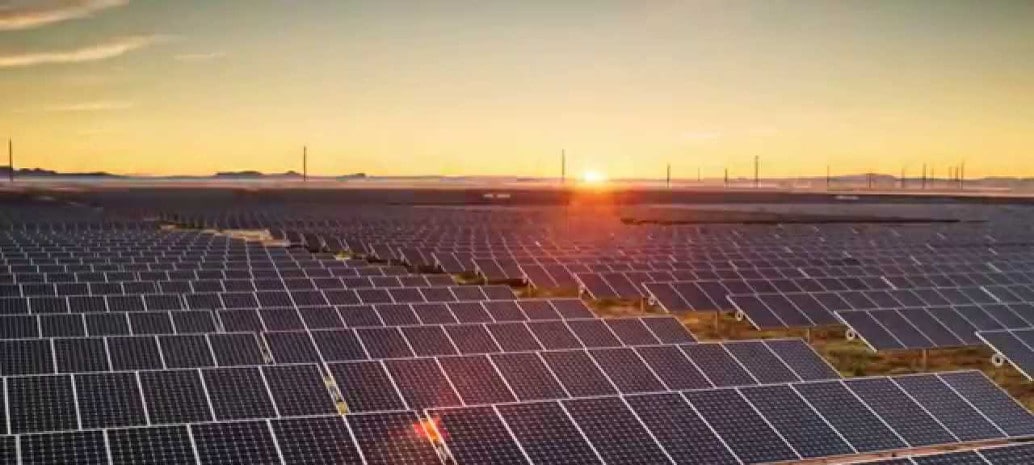The latest Global Solar Demand Monitor from GTM Research suggests that 2017’s solar slump is unlikely to be as steep as previously feared.
In the second quarter of the year, GTM Research global solar markets research associate Benjamin Attia was forecasting a 10% contraction in the global solar PV market for 2017, based initially on the policy shifts evident in China, Japan, Germany and the U.K.
However, Attia has since amended that outlook, forecasting a 7% contraction next year. This slight improvement in GTM’s outlook is largely the result of improving demand in India, a global pipeline shift for utility-scale solar, and low module prices serving to shore-up solar’s appeal in many markets.
Looking beyond 2017, the GTM researcher also expects solar to enjoy a 9% compound annual growth rate (CAGR) through 2021, with 2018 returning to 2016 deployment levels of around 74 GW globally.
This year, five of the world’s largest solar markets – China, the U.S., Japan, India and the U.K. – will account for 80% of that 74 GW figure, but over the next decade this dominance will be diluted as Mexico, France and Australia all take their place at the top table.
“Next year’s installations will be the second-largest ever seen, helped along by triple-digit growth in India and nearly flat growth in the U.S. and global module oversupply conditions leading to falling module ASPs,” said the report.
Three distinct groups
In analyzing the leading solar markets, GTM identifies three market groups that are set to shape the PV landscape further: current major, emerging, and post-mature. China, the U.S. and India comprise the current major markets, which grew by 75.9 GW between 2001 and 2015. Their trajectory will continue to boom, adding some 267.7 GW of cumulative PV capacity up until 2021.
Post-mature markets include Germany, Italy, the U.K. and Japan – countries where GTM believe solar’s growth has peaked. Between 2001 and 2015, this group of countries added 104 GW of PV capacity, but are likely to grow by just 46.9 GW further out to 2021, and the bulk of that growth is likely to come from Japan, which could add 32.9 GW over the next five years.
Emerging markets include, as mentioned, Mexico, Australia and France, which will together add 34.7 GW of new solar PV capacity between now and 2021, the report states. Other regions included in this group are Latin America, the Middle East and Asia Pacific nations.
Capacity bids, rather than FITs, will be the primary driver for growth among emerging markets – a trend that will mark a global pivot away from FIT-type subsidy that is likely to serve utility-scale growth well in the future. “What we are seeing globally is a big shift from the FIT world to the tender world,” added Attia. “It seems to be spreading to smaller markets that are taking lessons from Germany. Some markets, like Mexico, skipped the FIT altogether and went straight to the auction basis. We’re seeing Japan transitioning now, as well as China.”
Nations that are only now embracing solar with any great gusto are leapfrogging straight to the tender model, Attia said, citing Israel and Saudi Arabia as two examples. “Part of the value that they’ve recognized is price competition right away. They’re entering the solar market at a time when prices are already competitive, and they can have a better idea of how much capacity we are allowing on to the grid.”
The China and Trump conundrums
Having surged ahead with its installation goals in the first half of the year, hitting 20 GW of new capacity in just six months, China’s subsequent slowdown was always going to spook the market and skew the figures. GTM calculates that China will end 2016 some 28.3 GW of solar heavier, which is more than twice the amount of capacity added in the U.S.
In 2017, though, demand is expected to slump by around 40%, and this year’s figure is unlikely to be surpassed for a few years at least, said Attia.
The U.S. has little hope of playing catch up, with GTM forecasting the market to grow a further 90.7 GW between now and 2021 – some way short of China’s 116.8 GW growth path. Further, these calculations were made before Donald Trump was elected, but GTM Research is happy to wait and see, before revising its projections.
“It is a little too early to tell,” said Attia. “But I think the outlook is largely unchanged. There is a clear recognition of the opportunity solar presents.”
Interestingly, GTM expects India’s solar capacity to grow a further 60.2 GW between 2016 and 2021, which would leave the nation a little short of its 100 GW by 2022 goal. India currently has close to 9 GW of installed solar PV capacity, which means that the nation would have to add around 30 GW of additional solar in 2022 to end that year on track.
This content is protected by copyright and may not be reused. If you want to cooperate with us and would like to reuse some of our content, please contact: editors@pv-magazine.com.








By submitting this form you agree to pv magazine using your data for the purposes of publishing your comment.
Your personal data will only be disclosed or otherwise transmitted to third parties for the purposes of spam filtering or if this is necessary for technical maintenance of the website. Any other transfer to third parties will not take place unless this is justified on the basis of applicable data protection regulations or if pv magazine is legally obliged to do so.
You may revoke this consent at any time with effect for the future, in which case your personal data will be deleted immediately. Otherwise, your data will be deleted if pv magazine has processed your request or the purpose of data storage is fulfilled.
Further information on data privacy can be found in our Data Protection Policy.